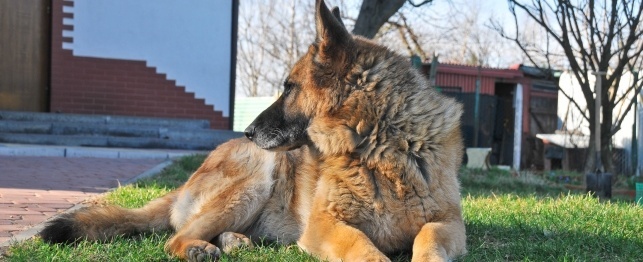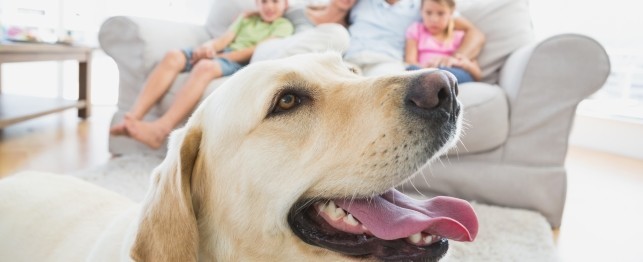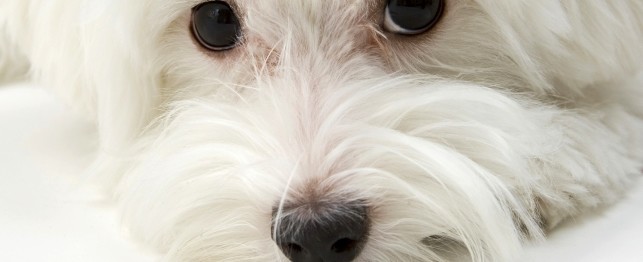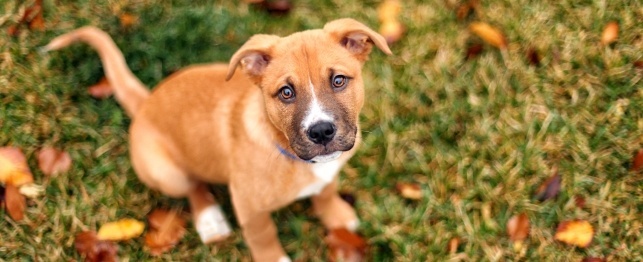Siberian Huskies descend from the Eskimo dog which was a sledding dog used by the Inuit tribe in the Arctic regions of Greenland, Alaska and Canada. The Inuit tribe bred the most handsome, bright-eyed huskies and relied on their dogs heavily as pack animals, guard dogs and hunting companions. The Siberian Husky was purebred in Siberia for hundreds of years and was exported to Alaska in 1909 to use for sled-racing. Today's Siberian Huskies are bred to retain the strong bodies, bright eyes and intelligence that the Inuit valued. The American Kennel Club recognized the Siberian Husky as a breed in 1930.
Modern Siberian Husky breeders attempt to retain the attractive and utilitarian characteristics of the breed. Siberian Huskies are members of the larger "Spitz" group of dogs and also have characteristics of this group. Typical Spitz characteristics are high-set, pointed ears, thick, double coats of fur (often white in part or whole), a furry, sickle-shaped tail and wolf-like personality traits such as independence and suspicion. Siberian Husky traits include all of the Spitz traits as well as distinctive facial markings, medium sized compact bodies, blue or brown eyes (or one of each color) and an overall wolf-like appearance.
Other characteristics required by the American Kennel Club include a height of twenty-one to twenty-three and one half inches for males and twenty to twenty-one inches tall for females, a weight of forty-five to sixty pounds for males) and thirty-five to fifty pounds for females, a scissors-bite (upper teeth closely overlapping lower teeth), a smooth gait, a friendly, alert and mischievous expression and an outgoing personality.
The AKC does not disqualify the Siberian Husky for certain traits that would disqualify other breeds. These include bi-colored eyes, and "snow-nose" or a hyper-pigmentation of the nose in which part is black and part is flesh-colored. The reason the AKC does not disqualify the husky is that coloring is not seen as being important in pulling a sled.
Siberian Husky breeders try to retain both the attractive and utilitarian characteristics of the breed. Because of the breed's natural tendency to be extremely active, huskies are not recommended for everyone. Breeders will tell you that there are high numbers of Siberian Huskies sitting in shelters and rescue centers because owners did not research the breed and could not handle their dogs once grown into adulthood. The most common, problematic behavioral traits of huskies are a tendency to run or escape, excessive howling, hyperactivity, inability to be left alone, stubbornness and shedding.
Finding good Siberian Husky breeders should begin in a northern climate. This breed is made for cold weather and potential owners and breeders should not reside in hot climates. Huskies can withstand negative fifty-degree temperatures and can suffer heatstroke in high temperatures. Word of mouth, Internet searches, local veterinarians, and shelters are all good starting points for locating good, local Siberian Husky breeders. It is never acceptable to buy a dog of any breed from a pet store. A medium to large dog like the Siberian Husky should not be caged or treated as merchandise that is shipped and sold to just anyone.
Good Siberian Husky breeders will have a list of questions for potential buyers to answer. They will want to ensure the owner is knowledgeable of how to care for Siberian Huskies and they will offer to provide specific Siberian Husky information. Breeders may also run or be affiliated with Siberian Husky rescue centers and they may refer buyers there to buy, foster, or adopt purebred Huskies rescued from inadequate living conditions.

 How to Select the Right Family Dog
How to Select the Right Family Dog
How to Select the Right Family Dog
How to Select the Right Family Dog
 Breed-Specific Insurance Restrictions – Giving Good Dogs a Bad Name?
Breed-Specific Insurance Restrictions – Givin
Breed-Specific Insurance Restrictions – Giving Good Dogs a Bad Name?
Breed-Specific Insurance Restrictions – Givin
 Top Dog Breeds for Families
Top Dog Breeds for Families
Top Dog Breeds for Families
Top Dog Breeds for Families
 Top Lap Dogs – Breeds That Enjoy a Quiet Life
Top Lap Dogs – Breeds That Enjoy a Quiet Life
Top Lap Dogs – Breeds That Enjoy a Quiet Life
Top Lap Dogs – Breeds That Enjoy a Quiet Life
 Adopting vs. Purchasing a Dog
Adopting vs. Purchasing a Dog
Adopting vs. Purchasing a Dog
Adopting vs. Purchasing a Dog